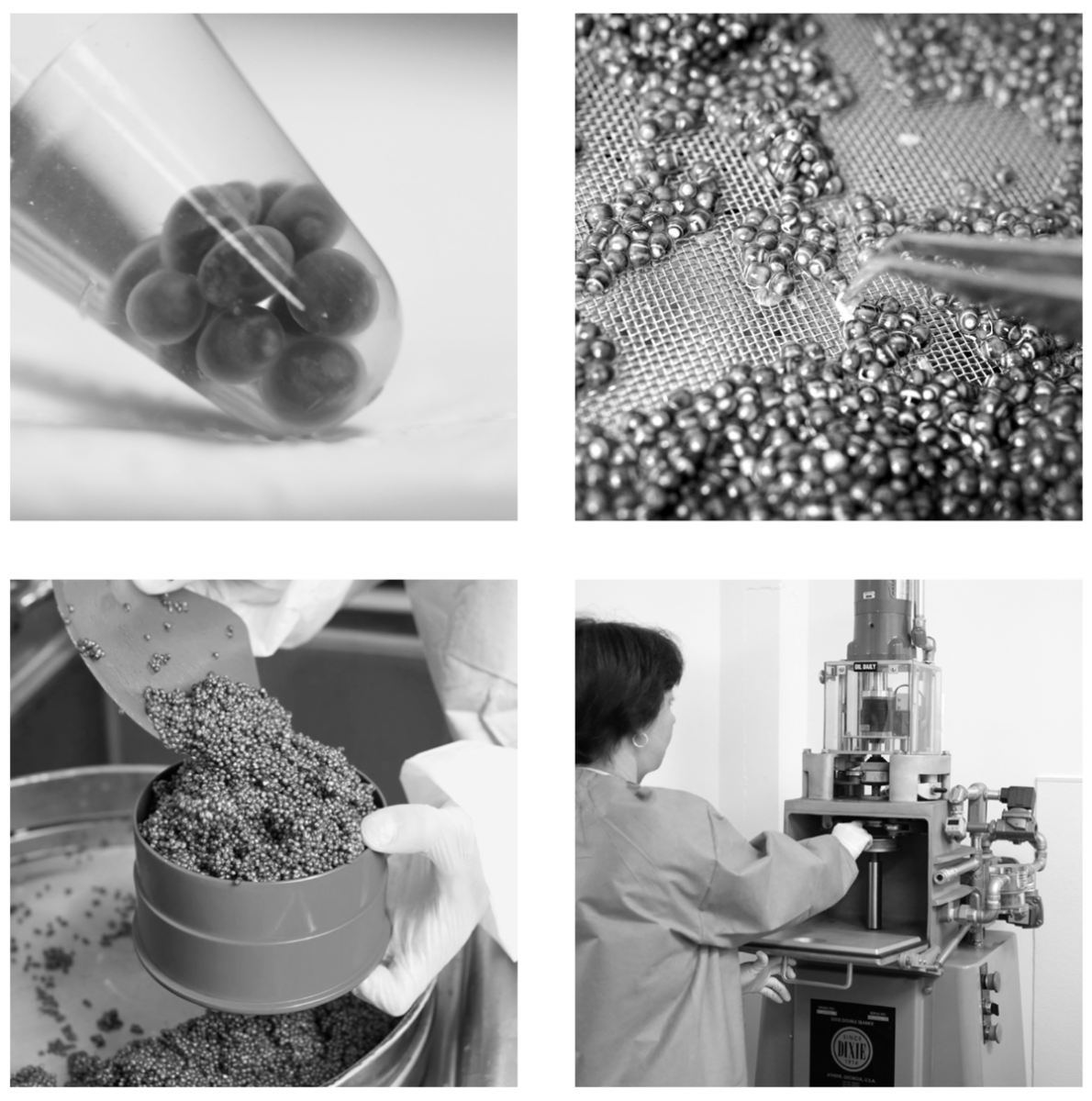Sturgeon Aquafarms: A Commitment to Beluga Sturgeon Preservation
Category : Food Stories, Party Ideas, Recipes, Press Room |
Posted : Dec 7, 2023
BELUGA HUSO HUSO
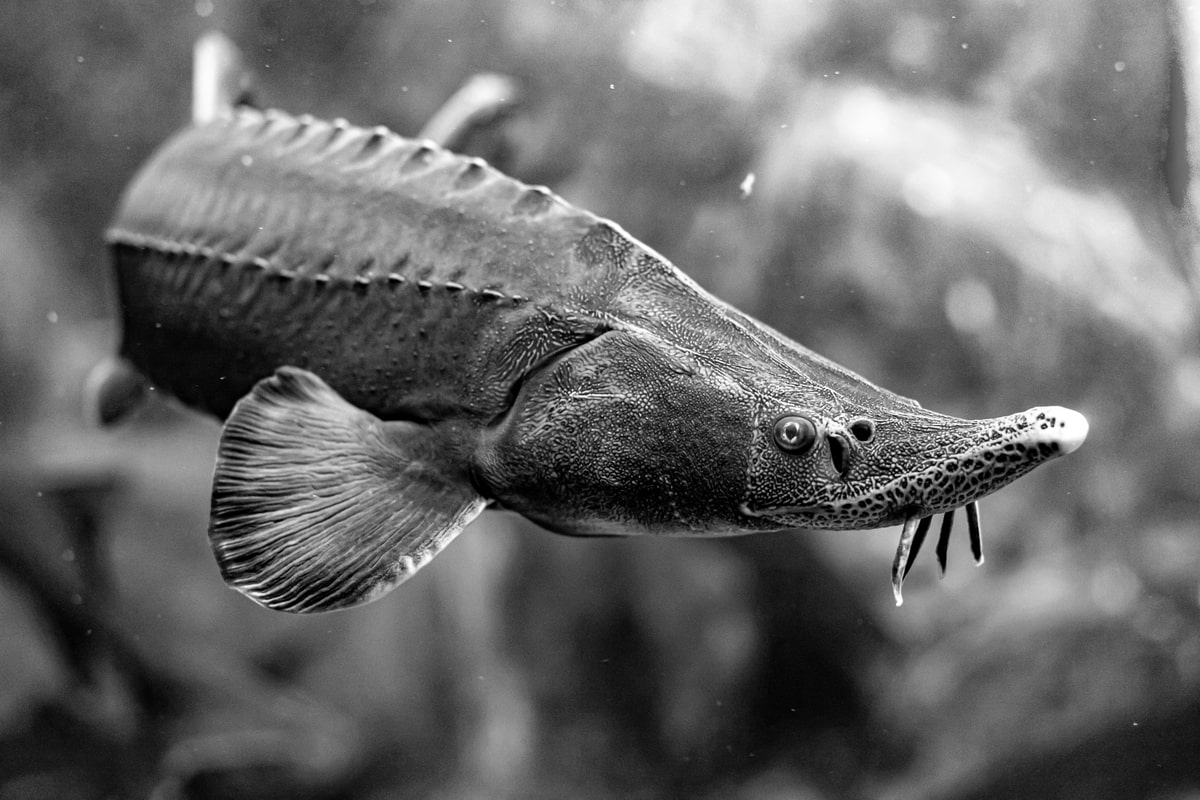
In the vast waters of the Caspian, Black, and Azov seas, the majestic Beluga sturgeon, scientifically known as Huso huso, once thrived. Its pale flanks and substantial size marked it as the largest among sturgeon species and one of the largest bony fish globally. Unlike its relatives that scavenge, Beluga sturgeons are predators, preying on other fish for sustenance. They mature slowly, taking nearly two decades to reach reproductive age, and they spawn only every few years under optimal conditions. These ancient giants, capable of surpassing 20 feet in length and weighing up to 3,000 pounds, have faced endangerment due to habitat loss and intense overfishing for their prized caviar. By the mid-2000s, wild Beluga populations had plummeted by over 90%, leading to stringent international regulations on live specimens and their products.

STURGEON AQUAFARMS
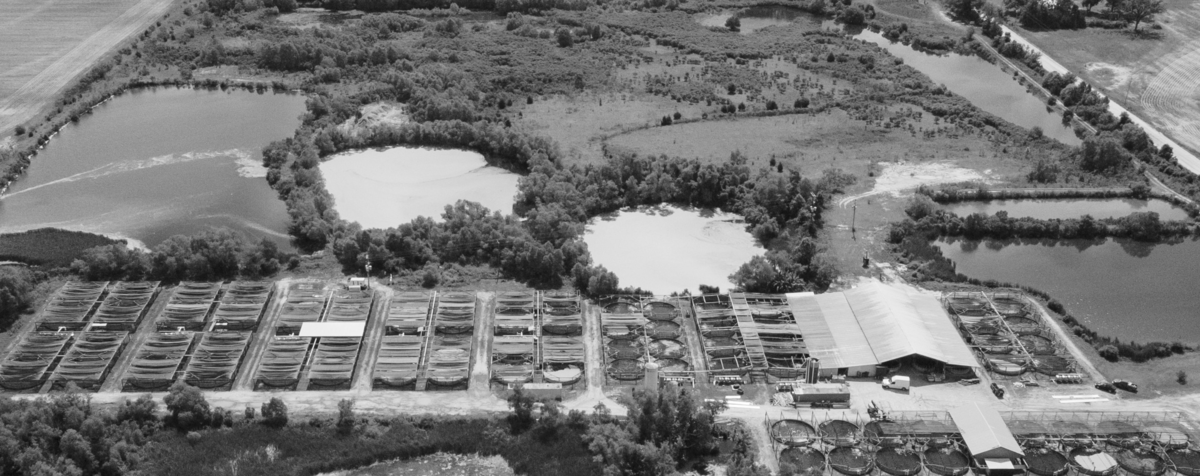
In response to this crisis, Sturgeon Aquafarms (SA) emerged in the early 2000s, conceived by Mark Zaslavsky and Mark Gelman, the founders of Marky’s, to safeguard and conserve these diminishing sturgeon populations. Established in Bascom, Florida, Sturgeon Aquafarms aimed to revolutionize sturgeon aquaculture, alleviate the strain on wild sturgeons by cultivating high-quality domestic products with minimal ecological impact, and contribute to global conservation initiatives by collaborating with governmental bodies and scientists to reintroduce fertilized sturgeon eggs to their native habitats.
The year 2003 marked the inception of Sturgeon Aquafarms’s importation of Beluga and other sturgeon species for domestic farming. Subsequently, in 2005, a pivotal moment arrived as the US imposed a ban on all Beluga imports and their derived products. Sturgeon Aquafarms, having imported sufficient broodstock to commence farming, found itself in a unique position to aid in preserving wild Beluga sturgeons from extinction while reintroducing their remarkable caviar to the American market.
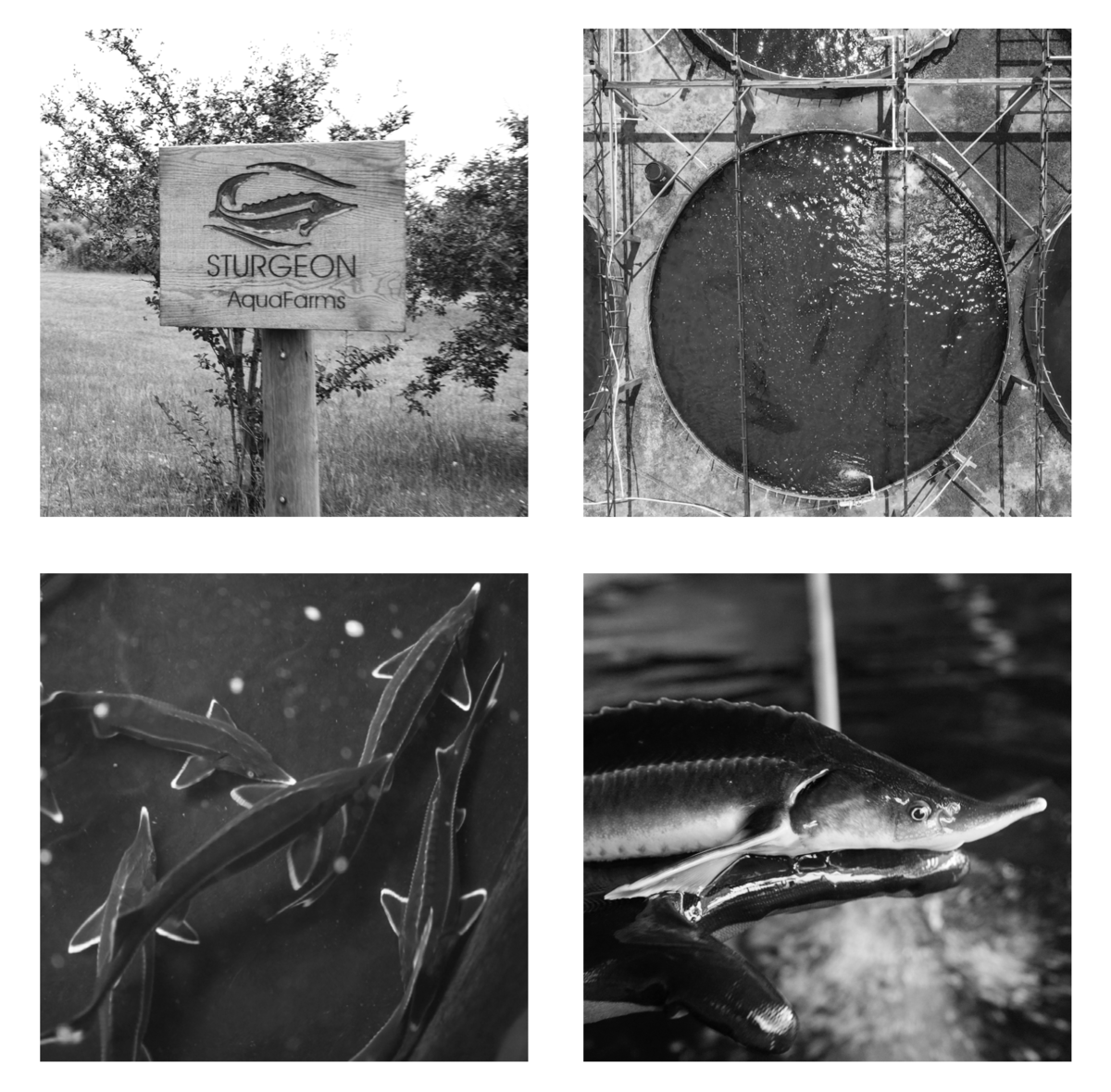
Sturgeon Aquafarms’s state-of-the-art facility, completed in 2009, stands on 120 acres in Northwestern Florida, benefiting from ample sunlight and a predator-free environment that is conducive to sturgeon rearing. With direct access to the Upper Floridan Aquifer, the primary source of freshwater, Sturgeon Aquafarms provides an ideal habitat for sturgeon cultivation. This pristine water maintains a consistent temperature of 66°F, devoid of pathogens and pollutants, ensuring the optimal growth and development of sturgeons. The facility, comprising over one hundred tanks housing five sturgeon species, including the endangered Beluga, Sevruga, and Sterlet, stands as one of the world’s largest sturgeon farms and the sole US entity with legal authorization to breed and commercialize these endangered species.
Collaborating with scientists from local and international universities, former members of the United Nations, and the Convention on International Trade in Endangered Species (CITES), Sturgeon Aquafarms has expanded its initial broodstock of a few dozen specimens to over 80,000 Beluga, Sevruga, Sterlet, Osetra, and Siberian sturgeons. This growth has allowed us to not only preserve genetic diversity but also empowered Sturgeon Aquafarms to lead advancements in sustainable aquaculture and sturgeon rearing, facilitating the return of more than 160,000 fertilized eggs to their native habitats while introducing sustainably produced caviar to the gourmet food market. Today, Sturgeon Aquafarms remains steadfast in its commitment to reviving wild sturgeon populations from the brink of extinction to their former flourishing state.

CAVIAR
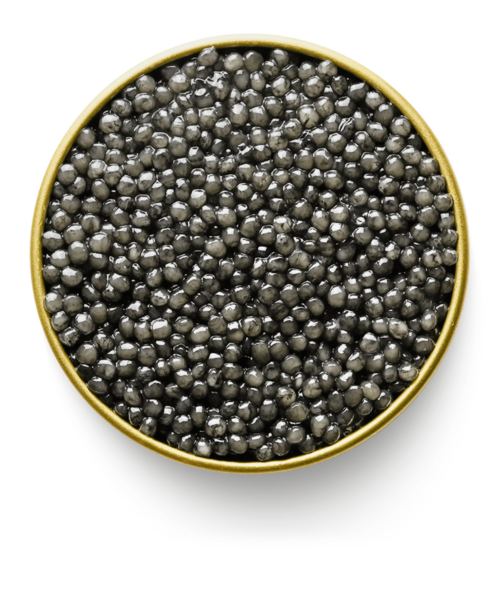
The centuries-old admiration for sturgeons is intricately tied to the exquisite caviar derived from their unfertilized eggs, known as roe. Beluga, revered as the pinnacle of sturgeon species, produces caviar characterized by its large pearls, yielding millions of eggs per specimen. The roe ranges in shades from dark to pearlescent gray, with lighter-colored eggs sourced from older fish exhibiting superior flavor and texture. Sturgeon Aquafarms’s meticulous caviar production combined contemporary techniques and age-old traditions. After fifteen years of nurturing, Sturgeon Aquafarms employs ultrasound technology to assess the maturity of female sturgeons, meticulously examining egg samples to gauge quality. Once deemed mature, the roe is delicately harvested and meticulously processed, employing malossol techniques to enhance its natural flavor. The resulting caviar, encapsulated in tins with minimal air, ages to perfection, presenting a culinary delight—a fusion of creamy texture and nuanced flavors of nuttiness, butteriness, and a hint of the sea.
In the heart of Sturgeon Aquafarms lies a commitment—an unwavering dedication to safeguarding the legacy of Beluga sturgeons, nurturing their populations, and presenting the world with the unparalleled magnificence of their caviar. We are now delighted to share the delicacy of Beluga sturgeon caviar with a select list of authorized resellers that comply with our continued effort to maintain the pinnacle of quality, authenticity, and compliance we have established in Beluga sturgeon caviar production, in accordance with regulations and our commitment to ethical sourcing.
